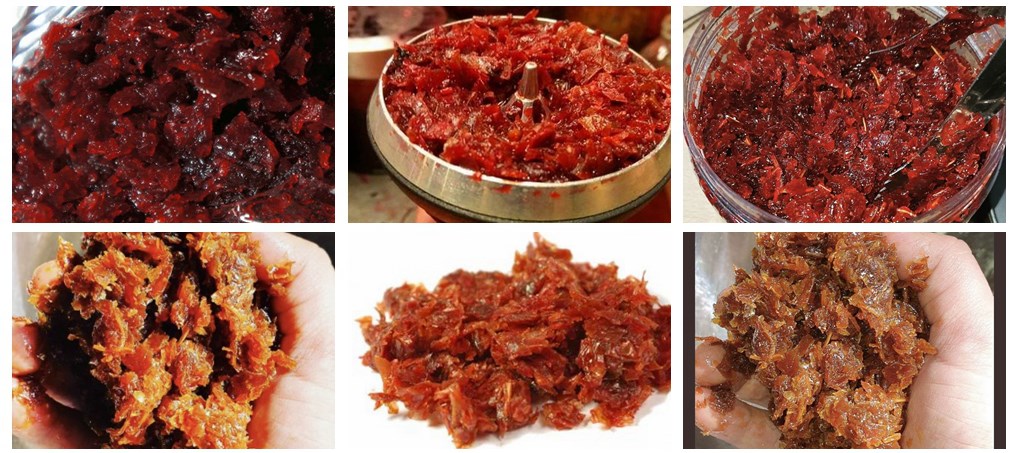From Traditional to Modern
Africa boasts a rich tapestry of tobacco, with its diverse cultures influencing a wide array of traditional and modern tobacco forms. In the northern regions, traditional manufacturing techniques unveil molasses with natural flavors derived from various ingredients. Similarly, South Africa embraces its own traditional methods, contributing to the distinctive diversity found in North Africa.
Traditional Shapes and Types:
In the heart of Africa, the artistry of tobacco-making is a nod to history, employing time-tested techniques that extract nuanced flavors from a blend of indigenous ingredients. This craftsmanship, deeply rooted in tradition, weaves a narrative of cultural heritage and authenticity.
Modern Innovations:
Contrasting with tradition, modern tobacco in Africa showcases a vibrant tapestry of flavors, thanks to innovative manufacturing techniques. This modern approach introduces a broad spectrum of tastes, appealing to contemporary palates and expanding the boundaries of tobacco enjoyment.
Exploring the transition from traditional to modern, this article delves into the captivating world of African tobacco, unraveling the unique forms and types that contribute to the continent’s rich cultural tapestry. Join us on a journey through time and taste, where ancient practices meet cutting-edge innovations in the realm of tobacco in Africa.
Evolution of tobacco in South African Countries: A Glimpse into Debaj tobacco
tobacco, a cornerstone of cultural heritage in African nations, has undergone remarkable transformations, particularly in South Africa. At the forefront of this molasses evolution stands the esteemed Debaj brand, a beacon of quality and tradition across the continent.
1. Diverse tobacco Varieties:
Traditional tobacco: Rooted in rural communities, traditional tobacco embodies a rich legacy. Crafted with local ingredients and steeped in age-old traditions passed through generations, this variety tells a story of cultural continuity.
Modern tobacco: Embracing technological and cultural advancements, modern tobacco signals a departure from tradition. Innovations in preparation methods and the infusion of new ingredients mark a dynamic shift, mirroring the evolving tastes and preferences of contemporary consumers.
Explore the tapestry of tobacco in South African countries, where tradition meets modernity under the banner of Debaj. This exploration unveils not just a smoking experience but a journey through time and culture.
2. Embracing Excellence: Debaj Molasses in Africa
In the vibrant landscape of African tobacco, Debaj stands tall as a prominent brand, capturing the hearts of tobacco enthusiasts across the continent. Renowned for its impeccable manufacturing standards and the use of premium ingredients, Debaj tobacco has carved a niche as a beloved choice among connoisseurs.
Quality Unleashed:
Manufacturing Excellence: Debaj tobacco takes pride in its commitment to high-quality production, ensuring every blend meets exacting standards. This dedication resonates with tobacco aficionados, making Debaj a preferred brand that consistently delivers an exceptional smoking experience.
Meeting Diverse Tastes:
Consumer Preferences: In the diverse tapestry of Africa, Debaj tobacco plays a pivotal role in satisfying varied consumer preferences. Appreciated for its rich array of flavors and unwavering quality, Debaj tobacco mirrors the cultural and historical diversity embedded in tobacco traditions across the continent.
Historical Reflections:
Cultural Significance: tobacco in Africa transcends being a mere smoking indulgence; it reflects the rich tapestry of cultural and historical diversity. Leading brands like Debaj tobacco contribute to this narrative by offering high-quality products, aligning with the expectations and preferences deeply rooted in the region’s culture.
3. Crafting Tradition: Common Ingredients in African tobacco
Ingredients that Bind:
_Traditional Elements: Common ingredients in traditional African tobacco encompass a blend of tobacco, local fruits, and traditional flavors. This unique amalgamation captures the essence of age-old practices, creating a distinctive smoking experience deeply rooted in cultural heritage.
Fruits and Flavors:
_Nature’s Bounty: Traditional tobacco in Africa boasts an array of distinct fruits and flavors, including apples, grapes, berries, oranges, and lemons. Each fruit contributes a natural and refreshing nuance to the molasses, creating a symphony of tastes that resonates with the cultural palate.
In essence, Debaj tobacco not only elevates the tobacco experience but also becomes a vessel that carries the rich traditions and flavors of Africa, offering a sensory journey steeped in cultural significance.
4. Savoring Traditions: Honey’s Cultural Influences in Africa
Debaj Tobacco in Social Context:
Ingrained Traditions: Tobacco is intricately woven into the fabric of social traditions across diverse African societies. Its presence is notably felt in social events and cultural gatherings, where the communal act of enjoying Tobacco becomes a shared experience that binds communities together.
Advertising’s Cultural Canvas:
Shaping Cultural Perceptions: The influence of marketing and advertising campaigns extends beyond commercial endeavors, actively contributing to shaping the cultural image of Tobacco, particularly among the youth. These campaigns play a significant role in framing Tobacco as a symbol of contemporary cultural expression.
5. Tobacco: A Tapestry of Tradition in African Culture
Festive Essence:
Celebratory Significance: In the vibrant tapestry of African culture, Tobacco assumes a festive appearance, becoming an integral part of celebrations and social gatherings. Its inclusion in joyous occasions highlights its role as a cultural emblem that adds flavor to the moments of celebration.
Cultural Transmission:
Generational Connection: Al_Tobacco serves as a conduit for cultural communication, fostering a profound connection between generations. Its presence becomes a vessel through which cultural traditions are transmitted, ensuring their continuity and relevance across the evolving landscapes of time.
In Summary Tobacco in Africa transcends the mere realms of manufacturing and trade; it embodies a cultural legacy. Its widespread consumption, embraced by both the young and the old, reflects a shared cultural affinity. However, as health awareness rises, conversations regarding the potential long-term health effects of Tobacco consumption are emerging, adding a layer of contemplation to this cherished tradition.
In essence, Tobacco in Africa is not just a flavor; it’s a cultural treasure that delicately weaves the threads of tradition, celebration, and communication, contributing to the identity and resilience of local communities.


